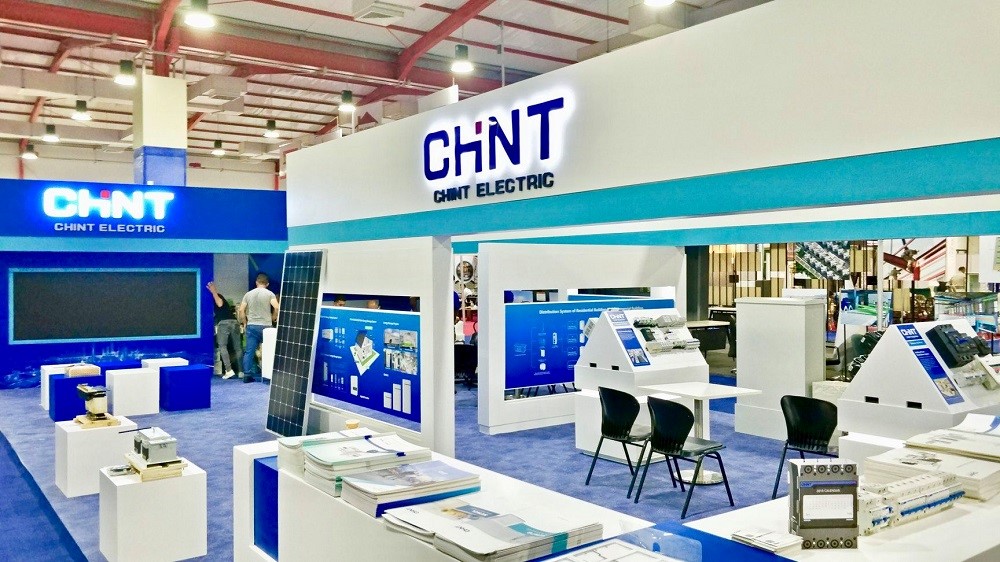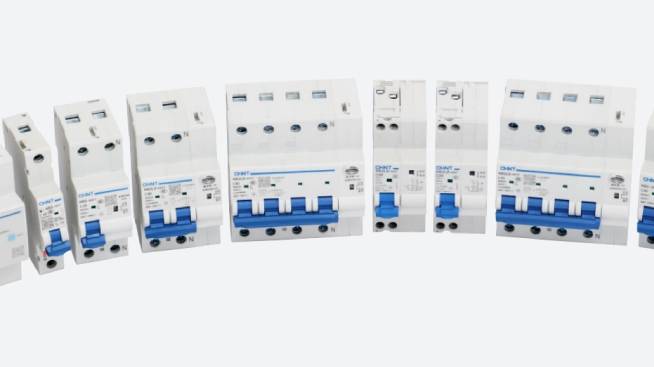Table of Contents |
Surge arresters and surge protection devices serve similar purposes – they both protect electrical equipment from power surges resulting from malfunctions and lightning strikes. However, the two devices have different working principles and are best suited to different applications.
It is essential to understand the difference so that you are using the best device for your needs. Read on to learn everything you need to know about surge arrester vs surge protector devices.
Surge Arrester vs Surge Protector: Working Principle
While most electrical equipment is encased in insulating material, it isn’t always enough to protect from power surges. Surge arresters and protectors were both developed to protect equipment from harmful electrical surges. However, the two have different working principles suited for various applications and situations.
What is a Surge Protection Device?
A surge protection device is typically used on a secondary electric system, not the primary system. It protects sensitive electronics from lightning strikes. Power passes directly through the surge protector to the electronics. Most surge protectors use one of two methods to protect electronics in the event of a power surge.
In one type of system, a metal oxide varistor (MOV)inside the protector absorbs excess power generated during a power surge. It then works as a shunt resistor to redirect the extra voltage to the ground, saving electric equipment.
The other system uses a gas discharge arrester (GDR) inside the protector. As long as the voltage is at safe levels, the gas does not act as a conductor, and the current flows through.
The electricity ionizes the gas during a power surge, making it a good conductor. It redirects the current to the ground line. Once the voltage returns to an acceptable level, the gas is no longer ionized, and it is no longer a good conductor.
What is a Surge Arrester?
Surge arresters are used in primary electrical systems. They protect from lightning and other power surges before it reaches the system. As its name suggests, a surge arrester acts as a barrier, stopping a high-voltage current.
A surge arrester acts as an insulator until the voltage reaches dangerous levels. They also use metal oxide varistors arranged in a series of metal blocks.
The arrester is set with a reference voltage, and when the voltage increases above the reference, it sets off the other varistors, and they become conductors. The varistors divert the excess voltage away from the electrical system.
The blocks are set up in a nonlinear pattern, so they quickly lose conductivity once the voltage returns to normal levels.
Surge Arrester vs Surge Protector: Technical Differences
Surge arresters and surge protectors have different technical aspects, making them suitable for different applications. Below are some of the most significant technical differences.
Monitoring Capabilities
Monitoring capabilities refer to a device’s ability to detect any internal malfunctions and react accordingly. In most cases, the protector will turn on a light or set an alarm to tell you something is wrong. Surge protectors have this capability, while arresters do not.
EMI/RFI Filtering
EMI/RFI filtering involves filtering electromagnetic and radio frequency interference. Some surge protectors offer EMI/RFI filtering, but the capability isn’t available on arresters.
Internal Fusing
Internal fusing protects equipment from an overload current. This feature is in surge protectors but not surge arresters.
Design
Surge protectors and arresters are different in design. While both use MOV systems, the arrangement is different. In a surge protector, the MOV is a hybrid. A surge arrester uses a gapped MOV design. Arresters are typically much larger than protectors.
Interrupts Power
A surge protector does not interrupt the flow of power. It simply diverts it until the voltage returns to normal. While surge arresters also do this, they often come equipped with a crowbar circuit that acts as a failsafe. If there is a malfunction, the crowbar will interrupt the current.
Warranty
Surge protectors tend to have a better warranty. Some are guaranteed for up to five years. Surge arresters typically have a limited warranty.
Life Expectancy
Surge protectors have a much longer life expectancy than surge arresters. With proper maintenance and sizing, a surge protector may last up to 25 years. Surge arresters tend to last around three to five years. If you experience frequent surges, their life spans are closer to two years.
When Do We Need Surge Protection Devices or Surge Arresters?
Surge arresters protect a primary system and are often used in high-voltage situations, such as substations. They usually protect electrical equipment like panel boards, circuits, wiring and transformers and are often used in manufacturing and industry situations.
Surge protectors are used in lower-voltage situations, although some are being developed for use with high voltages as well. They are connected to a secondary system and often protect sensitive electronics and solid-state components.
Surge protectors are used in commercial, industrial, manufacturing and residential settings. Most businesses and homes contain sensitive electronic equipment and can benefit from a surge protection device.
Conclusion
In the battle of surge protectors vs surge arresters, both devices are effective at protecting electrical equipment from power surges. One isn’t necessarily better than the other, as they are suited to different applications. Surge arresters are primary devices, while surge protectors are a secondary system.
Chint Global offers a wide range of electrical products for a variety of needs, including surge protectors and surge arresters. When choosing the best products for your situation, it is always best to consult with a professional. Contact Chint today to speak with an expert who can help you find the right products.














